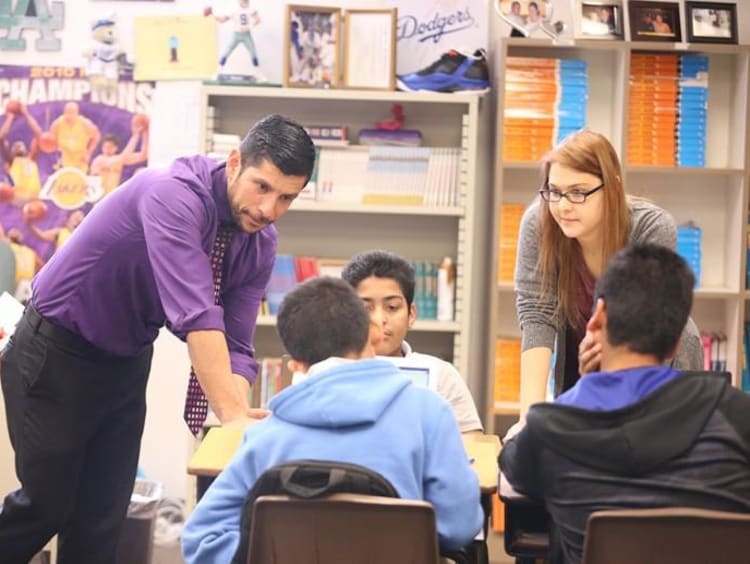3 Ways to Help Students Make Connections

Very few things are more rewarding than seeing a child’s eyes light up when they begin to make connections between what they experience in their everyday life and what they learn in the classroom. Creating a school environment that cultivates student engagement by using real-life applications is essential for student growth.
Get to Know Your Students
One strategy I’ve read is to dedicate the first five minutes of class time to speaking with the students about things they are interested in. For example, ask them to describe a good book or movie that they have seen recently or inquire about their favorite animal.
Talking with students and allowing them to connect with you, as a teacher, can be very rewarding in many different ways. Also, getting an understanding of what the students’ interests are can be helpful in creating lesson plans and activities that are geared toward those interests. I believe students learn best when they can relate new information to prior knowledge and make connections with their classwork and their hobbies.
Increase Student Motivation
Not only does making connections foster growth, but it can also help increase student motivation. When students realize that what they are learning is beneficial to their lives and can be used to help them achieve their future goals, they are more motivated to complete projects and study.
As a student myself, I find that I work more diligently on subjects and classes that I feel are beneficial to my future career as a teacher. I love to learn through examples and observations and find that I am motivated when I can apply what I already know to new information. Making connections is a simple way to help students grasp new information and apply it to their own lives.
Emphasize Arts and Creativity
Engaging minds is about involving students in their education and allowing them to experience the process for themselves. Provide opportunities for students to play, touch, see, hear, smell, taste, listen, dance, move, socialize, respect, teach, learn and love the education that happens in the classroom.
Incorporate music into the classroom. Music can help set a mood for learning and helps create a fun and engaging atmosphere. Get them out of their seats and moving their bodies. Movement helps activate the brain and assists with memory. Cultivate a classroom that cares about creativity. Use visual arts and crafts to engage the children’s creative spirits.
Benjamin Franklin once said, “Tell me and I forget, teach me and I may remember, involve me and I learn.” Making connections is a simple task for teachers, but can make a world of difference in a student’s life.
Want more information about teaching students? Visit Grand Canyon University’s College of Education to learn about earning an education degree.
The views and opinions expressed in this article are those of the author’s and do not necessarily reflect the official policy or position of Grand Canyon University. Any sources cited were accurate as of the publish date.


